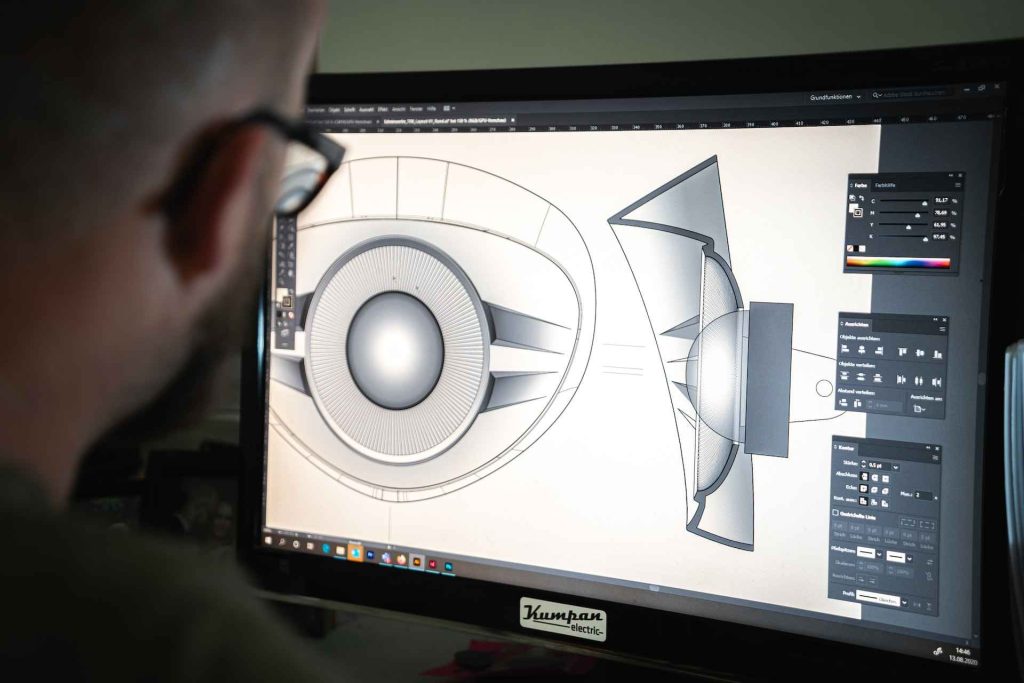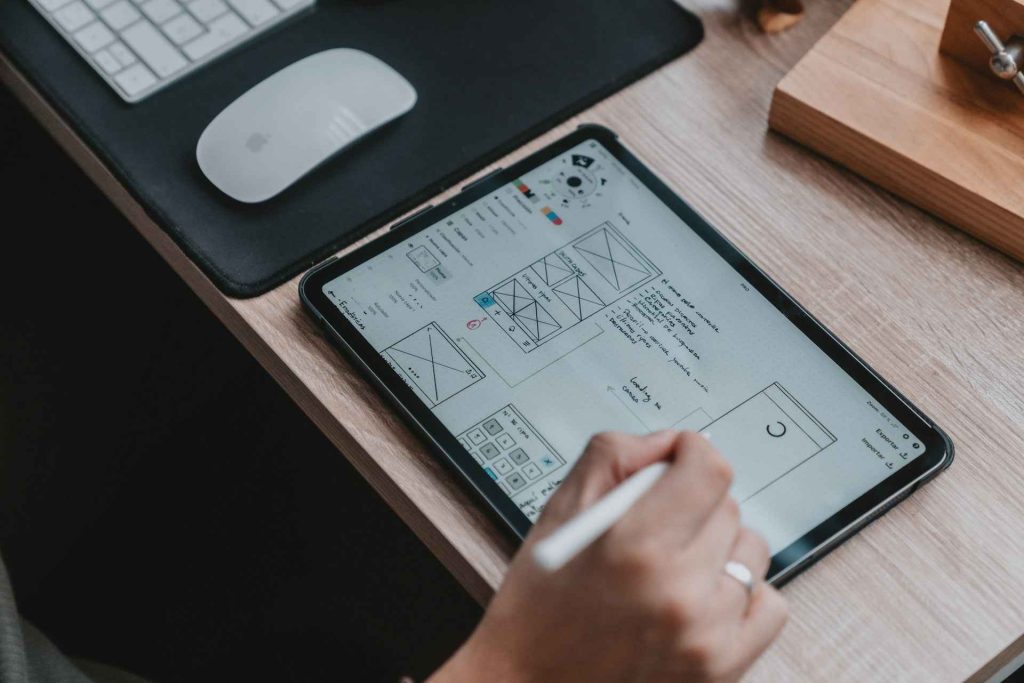When we talk about design, we always mean something more than its visual part. It’s also how we use it. Therefore, when it comes to product designing, it can be difficult for product owners to understand exactly what the job duties of those responsible are. And yes, this is not about pencil sketches, as many of us used to think. So, what does a product designer’s workflow look like in practice? Let’s figure it out.
7 Steps to Product Design
Below, we provide a small guide that will help you understand the specifics of the product design process.

Brainstorming
The purpose of brainstorming is to obtain non-standard and effective solutions in a limited time. This can be achieved by generating the maximum number of diverse ideas in the process of their discussion within the team. From a practical point of view, the designing product expert first needs to define the problem – in particular, create a user-centric design, formulate as many ideas as possible (even the most non-standard and craziest ones), and finally, choose the most viable among them, in terms of both available resources for their implementation, and time constraints.
Making a list of requirements
During this product design phase, a specialist who is responsible for this transforms the most viable idea into a list of requirements for a future product. This list should create a sufficiently abstract and flexible understanding of what the final solution should be (both in terms of its appearance and in the context of how it interacts with end users) so that in the future, developers can choose the optimal technology stack for its implementation, taking into account the rest of the business requirements.
Target audience analysis
Now, the designer must match the product’s general features with its target audience’s requirements and pain points. To do this, they need to understand who exactly this target audience is and draw up several portraits of average users. Here it is important to determine their demographics, behavioral patterns, goals, and problems.
Wireframing
After the implementation of all the product design steps we described above, the designer builds a wireframe for the future solution, starting from low-fi and moving smoothly through the coordination of all the nuances of the project with stakeholders to the creation of a hi-fi one. Thus, the designer eliminates the possible risks associated with the full-fledged implementation of features not approved by the product owners.
Formulation of exact specifications
Based on a hi-fi wireframe, a list of exact specifications for the product is formed. After that, the project can be transferred to development without any risks that stakeholders will not like it.
Development and testing
Now, the wireframe is being finalized, considering the list of specifications defined in the previous stage. After completing this process, the product designer must test the resulting solution, both within the team, with the participation of QA specialists, and on representatives of the target audience. The last procedure helps them understand things that may not be obvious to those who worked on forming the product concept.
Optimization
This is the last step of the product design process. In particular, based on the feedback received, the designer optimizes the design so that it is focused on the preferences of the target audience. This ensures the high involvement of end users in the product’s interaction.
Final Thoughts
Now you know how the product design workflow is organized. If you are just looking for a specialist for your project, please write to us at https://www.visual-craft.com/. We will provide you with a seasoned specialist who will do their best for your digital solution.




Comments are closed.